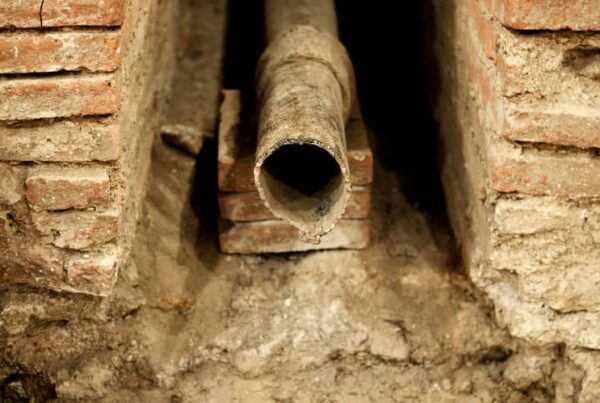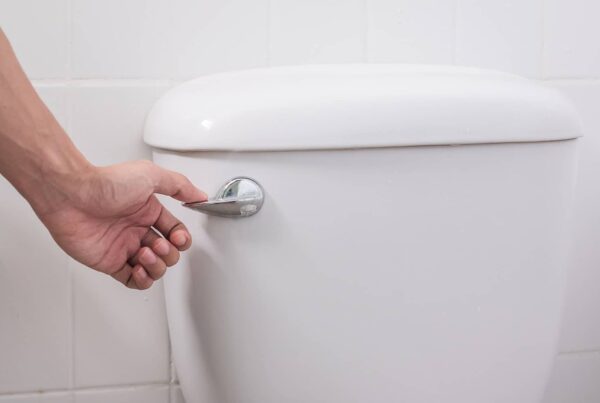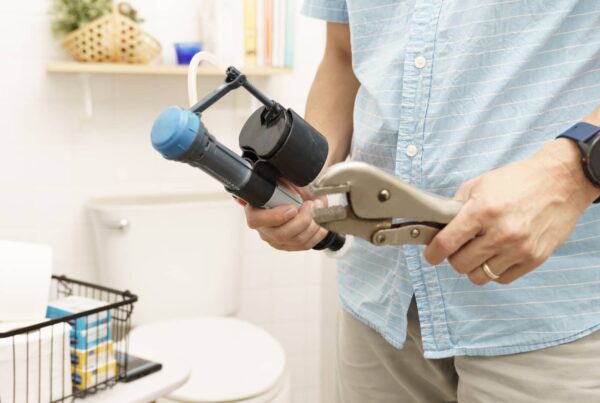
A sediment trap, also called drip legs, dirt traps, or drip tees, are those little pipes that go down to no where. They are required to be installed at all gas appliances. But what exactly are they and what do they do?
What Is A Sediment Trap & What It Its Purpose?
Sediment traps are used to well, trap sediment from gas lines. These are pipe extensions that aim gas flow straight down. Therefore, the gas appliance does not have any sediment entering the gas chamber.
Aiming the gas flow straight down pushes anything caught in the gas line into the trap where it cannot enter the appliance gas chamber.
Ultimately, the purpose is to protect your appliances from damage from sediment.
Where Are They Required?
Sediment traps for gas appliances are required on all gas appliances including pool gas heaters and fireplaces except:
- clothes dryer
- illuminating appliances
- outdoor grills
- ranges
- decorative gas appliances
This information is specific to Florida Building Code.
You should check with the appliance manufacturer’s instructions for their recommendations on gas sediment traps.
How Does Sediment Get Caught In The Gas Line?
Sediment can be metal shavings, dirt, or other random pieces of junk. Sediment can end up in the gas lines when utility companies are working on gas lines, or when a homeowner is working on their personal gas system.
Yes, a worker may turn off the gas before working on the system. However, this does not stop from metal shavings or dirt to end up in the pipe.
How Long Should A Sediment Trap Be?
According to Florida Building Code the sediment trap can be “a nipple of any length.” If you don’t believe me, here is the imaging used:

You can read more about the specific code requirements of sediment traps for Florida Building Code here.
Sediment traps are required in most state building codes. You should check with your state’s building code to find their specific requirements.
How Do You Install A Sediment Trap?
Installing a sediment trap is a very simple process. In fact, you can find sediment trap installation kits online by just a quick Google Search.
Sediment traps cost about $10, but you can do it yourself for less without the kit by shopping for 1/2 inch gas line at Home Depot. If you have a professional install one, it can cost up to $100.
Florida Building Code
G2419.4 (408.4) Sediment trap.
Where a sediment trap is not incorporated as part of the appliance, a sediment trap shall be installed downstream of the appliance shutoff valve as close to the inlet of the appliance as practical. The sediment trap shall be either a tee fitting having a capped nipple of any length installed vertically in the bottom-most opening of the tee or other device approved as an effective sediment trap. Illuminating appliances, ranges, clothes dryers and outdoor grills need not be so equipped.
Incorrect Installations
Home inspectors will call out missing or improper installs of sediment traps. So, you should ensure yours are properly installed for the appliances that require them.


In the above image, the trap is perpendicular to the flow of gas. The “nipple” and “cap” should be directly down in the directional flow of the gas line.
Are They Actually A Problem?
While home inspectors may still write up improper sediment traps in their report, it is not the end of the world if they are not installed properly, if at all.
If you are missing a sediment trap, just a plumber install one when you replace your appliance. If it improperly installed, fix it if you can.
There is no direct evidence correlating to broken appliances because of missing sediment traps.
Concluding
Sediment traps help protect your appliances from damage and are required for most appliances.
You should check with your local building code to find their direct requirements of install. But in general, they are about the same nationwide.
Also, if you want to learn more about plumbing systems, check out our category on it!
If you have questions, comment below!



